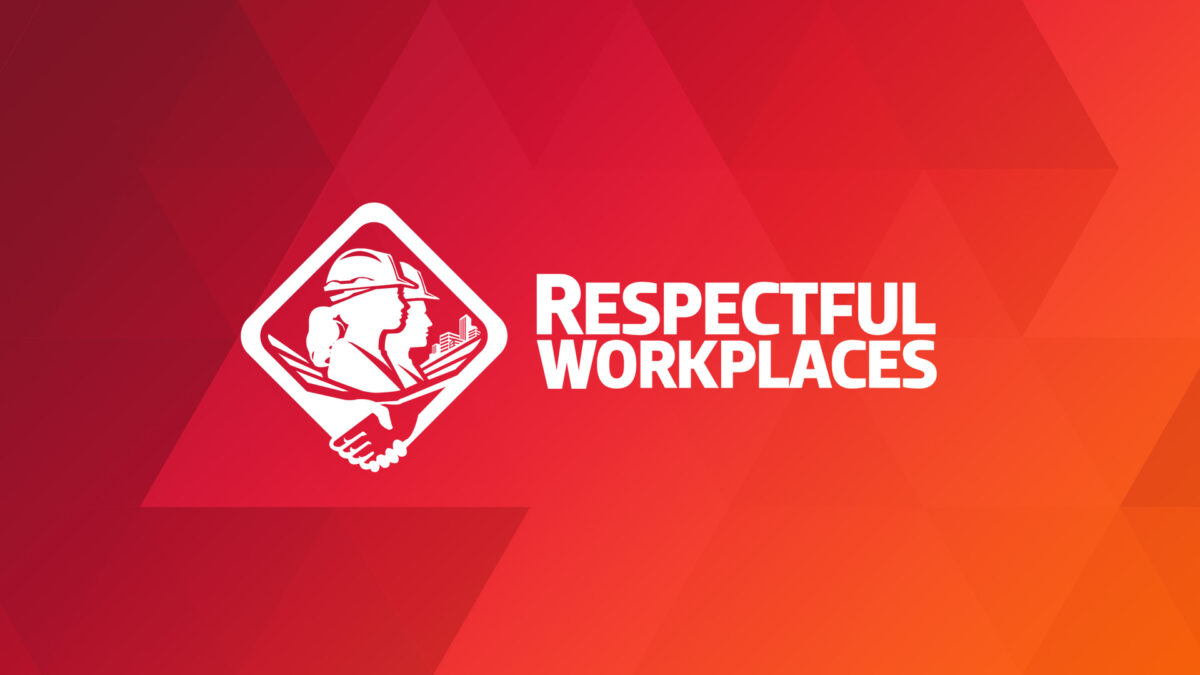When it comes to gender equality, we’ve come a long way in the past few decades. However, seeing as women only stepped up in the labour market in the mid-20th century, some prejudices still follow them.
While feminism is on the rise in Canada, these efforts can yield very few results unless they are backed up by men. While more and more companies are actively prioritizing inclusion, diversity, equity, and accessibility, men also have the responsibility of actively participating.
Why should men take active roles in gender equality
Until a few decades ago, the job market was split between two categories: jobs that men could do and jobs that women could do. You’d rarely find women in industries such as construction, a field where men hold 72.1% of jobs. It also does not help that women occupy less than a third of leadership roles worldwide.
Gender bias remains deeply ingrained and, if left alone, will continue to perpetuate. By recognizing and addressing these biases, men in leadership roles or even colleagues can create equitable opportunities for everyone. This can support a woman’s professional growth, creating a space where she can excel. Plus, it takes one man to model inclusive behaviour, and the others will be encouraged to follow suit.
Steps to be better allies in gender equality
Being an active ally doesn’t mean accepting the changes or not discriminating against women. It means actively contributing to gender equality. Below are some ways in which male employees and leaders can actively support gender diversity initiatives.
1. Actively listen to women’s input
When it comes to women’s experiences at the workplace, they’re their own experts. For this reason, it’s essential to listen to their stories actively and take their concerns seriously.
Men naturally downplay a variety of feelings, brushing off incidents of sexism that can be destructive to women. By listening and acknowledging their experiences, men can amplify a woman’s voice and educate their peers in a way that inspires respect for both genders.
2. Advocate for equal pay
According to data from Statistics Canada, women, on average, earn 3% less than men despite holding similar roles within organizations.
Men can become actively involved as allies by educating themselves on this wage gap and addressing pay inequities within their organizations. By advocating for transparency and open salary discussions, they can push the company to perform audits, ensuring accountability for potential discrepancies.
3. Credit female co-workers for their ideas
The ideas of many women are underrated in numerous domains, partly because they are often paid less and partly because “it’s a man’s job.” Even when women put in the same effort or perhaps even more, they usually get less credit for projects where teams are involved, reducing their opportunity for tenure or promotions.
Male co-workers may become better allies by emphasizing their female co-worker’s ideas and mentioning them in front of leadership while providing due credit. They can also correct colleagues who misattribute the credit, ensuring everyone knows where the idea originated.
4. Share opportunities
While the battle for gender equality persists, the truth is that around 14% of women are less likely to receive a promotion despite having more qualifications. This happens because many strong leadership qualities, such as ambition and assertiveness, are often associated with men. When a woman isn’t perceived as ambitious or assertive, it’s assumed they don’t aspire to leadership, which isn’t necessarily true. It also does not help that women are often given “women’s jobs,” preventing them from rising to their potential.
To promote gender diversity, men can start by inviting women to participate in high-visibility projects and recommending them for leadership roles. When there are more women in management roles, it’s reported that companies can have a higher profitability of up to 50%.
5. Stand up to discrimination
Men and women alike can be victims of workplace harassment, but women report being harassed at a much higher percentage (47%, compared to 31% for men). Men can be better allies by standing up when they see inappropriate behaviour.
By speaking up, this action doesn’t just support the victim but sends a message that this behaviour is unacceptable. Men can help by modeling a zero-tolerance attitude, discouraging sexist behaviour or jokes, or speaking out immediately when they witness harassment.
Building an inclusive future
Gender equality is not just an issue that affects women; it’s a goal that concerns everyone. When men become allies, the gender equality process accelerates, creating an environment where women can reach their full potential.
Michael Bach is an author and speaker, a thought leader in inclusion, diversity, equity, and accessibility, and an IDEA consultant to BuildForce Canada.

Respectful and Inclusive Workplaces
